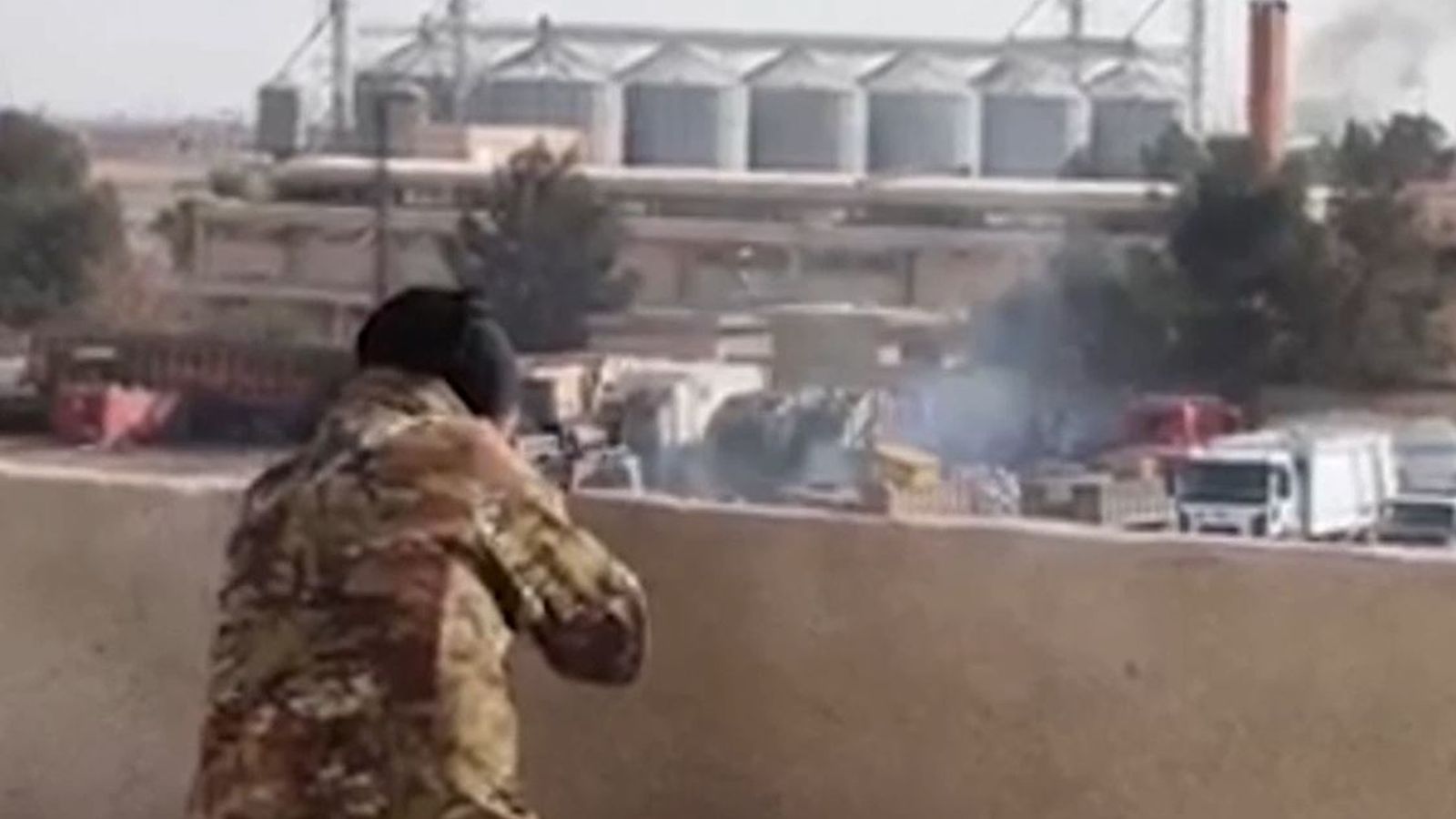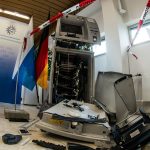The Islamic State attack on Gweiran Prison was brazen but inevitable.
The tempo of IS activity has been slowly building over recent months and the group has always made clear its intentions to storm the many prisons that now dot north-east Syrian countryside.
The prisons have long been a ticking time-bomb and the Kurds have been warning the West for years that they were struggling to cope.
The US and UK have donated millions of pounds in training, equipment and security features, but it isn’t enough.
Many of the prisons are makeshift and not designed to hold inmates for years on end.
The prisoners are kept in dreadful conditions, in cramped cells, breeding an environment rife for uprising.
Let’s not forget that it was in coalition-controlled prisons in Iraq post-2003 that many of IS’s senior leaders met, planned and prepared for the creation of the group.
Fighting erupts for days in Syria after IS fighters launched attack on prison
Dozens of IS fighters launch attack on Syrian prison, setting off major riot inside
Shamima Begum: IS bride insists she ‘didn’t hate Britain’ when she fled to Syria – and now wants to face trial in UK
The Syrian Democratic Forces simply don’t have the money or capability of holding tens of thousands Islamic State prisoners indefinitely, many of them foreign fighters who could be dispersed back to stand trial in their home countries.
But as much as this might have been inevitable, an attack of this scale suggests a serious failure of SDF intelligence; US too.
American forces are on the ground in the area and regularly carry out patrols, coalition aircraft fly daily intelligence and surveillance missions.
How did the planning for an assault of this kind go unmissed?
We can’t dismiss the possibility that someone or some people were paid off – how else do you park two cars laden with explosives right outside the walls of the largest IS prison in Syria?
Intelligence failings aside, this shows Islamic State is still capable of carrying out an attack of this complexity and size.
Syria’s competing factions had led to an absence of co-ordination which IS has exposed, moving fighters and equipment around the country, often untracked.
The Global Coalition has described the prison break as “a desperate attempt for it to replenish its ranks and regain lost momentum”.
I don’t fully agree.
In 2020, the United Nations estimated there were still around 10,000 IS fighters in Iraq and Syria – no small number.
The Gweiran Prison holds between 3,500 – 5,000 IS fighters – it’s no surprise that IS would at some point have a crack at breaking them out.
And they’ve succeeded – we don’t know how many have escaped, and probably never will, but the Islamic State group is slightly bigger and more emboldened than it was this time last week.
And as for momentum, the assault on Gweiran Prison is by some way the group’s biggest success in three years or more, but it comes after months of smaller attacks in Syria and elsewhere around the world.
Unquestionably, IS will use the prison break for propaganda purposes.
It will be a considerable boost to sleeper cells in Iraq and Syria, as well as affiliates in Afghanistan and parts of Africa.
Islamic State is nothing like the force it was five years ago, but neither has it disappeared – it is showing signs of growing slowly stronger.
This won’t be the last attack of this kind.






















